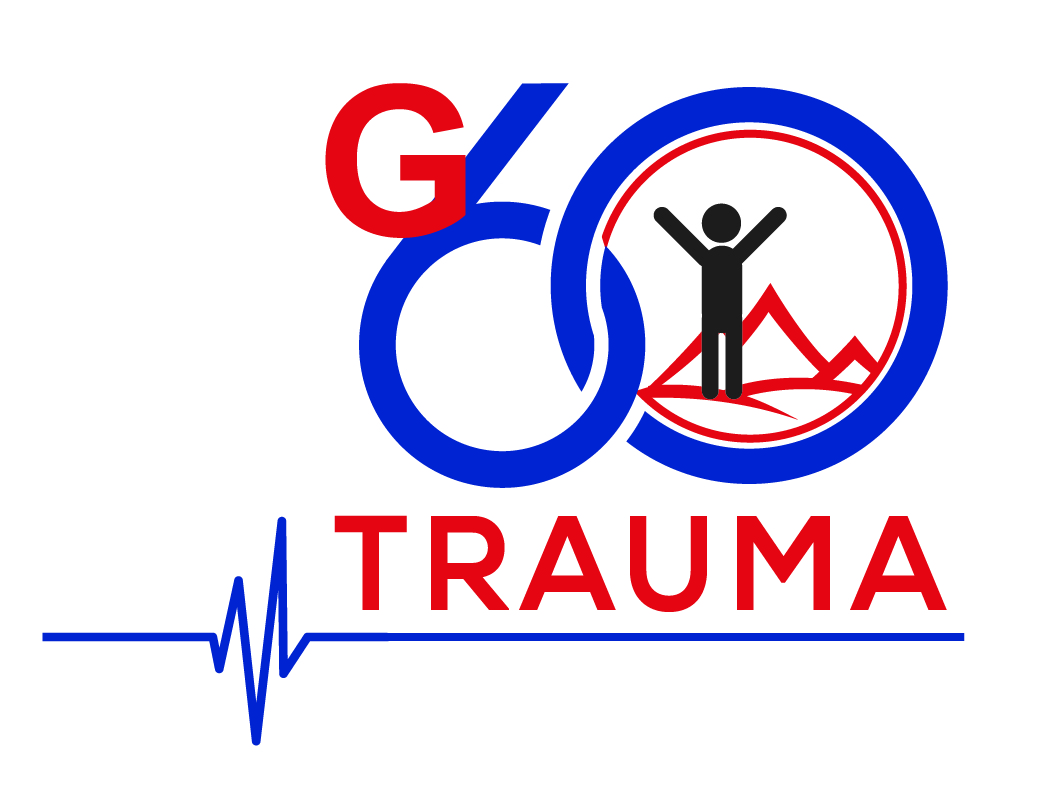Goals
Goal 1: Early Identification of G60 Trauma
to facilitate streamlined and standardized guidelines of care which benefit the care of the older adult with traumatic injury or acute illness
Read More..Goal 2: Post Injury Multidisciplinary Care
to provide follow up care to improve health function and quality of life following a traumatic injury for patients aged 60 and older
Read More..Goal 3: Education and Prevention for Future Trauma
to facilitate a healthy lifestyle after traumatic injury for G60 trauma patients to improve survival and prevent recurrence
Read More..
Proactive and specialized care helps reduce complications and length of hospitalization. The G60 team collaborates with various healthcare professionals to ensure care is multidisciplinary and individualized to the needs of each patient. Aggressive care includes:
- Early identification in the emergency room to reduce the time spent there
- Initiation of any protocols to expedite care
- Early operative intervention by trauma surgeon or specialists
- Multi-modal pain regimens which reduce the need for opioid type pain medications which can cause delirium, constipation and respiratory depression
- Multidisciplinary team rounding to ensure all aspects of patient care addressed


Using the biopsychosocial model, our healthcare professionals form a team and work together to provide you with a holistic care approach through the G60 multidisciplinary rounds. Our team of healthcare professionals include but not limited to:
- A surgeon who attends to your surgical and medical needs
- A team of nurses who works with all healthcare professionals to ensure that you receive all the suggested treatment plans
- A physical therapist will work with you to provide aggressive mobilization with physical therapy
- An occupational therapist will work with you to obtain functional outcomes which promote health, prevent future injury or disability, as well as, restore the highest possible level of independence
- A pharmacist will provide you the information on medications your doctors prescribed for you, as well as, educate you on how to use them safely and effectively
- A social worker may be assigned to work with you through counseling sessions to address your thoughts and concerns, as well as, enabling you to move forward with the tools you need to prevent similar incidents in the future
- A case manager may be assigned to work with you and your family on your discharge planning which may require further rehabilitation and support services
The goal of the G60 program is to ensure that you return home in an optimal state of health and pre-injury status by offering the most aggressive rehabilitation program possible.
Research has shown that falls at home is the number one trauma related injury. To protect yourself from fall and injury, a review of some common causes can be done in your home:
- Area rugs are common causes of slips and trips. Be sure they have non-skid backing and are free of curled edges. Review placement of rugs to determine if they are necessary and properly located.
- Awareness that pets can lead to falls and trips, watch for them at all times.
- Can uneven steps or sidewalks be repaired or flagged so they are noticed?
- Use a cane or walking aid for added support if needed.
- Clean spills readily from tile and wooden floors to reduce slip hazards.






